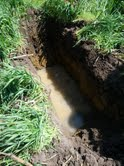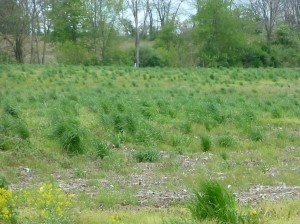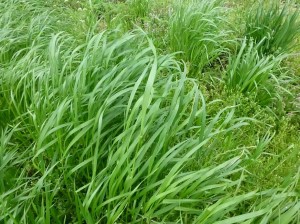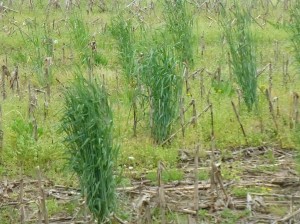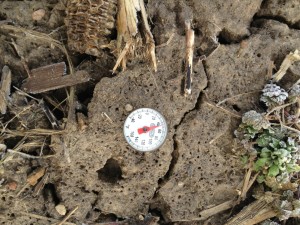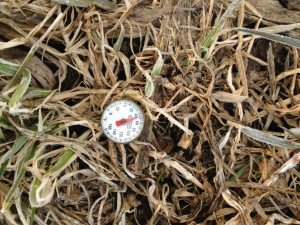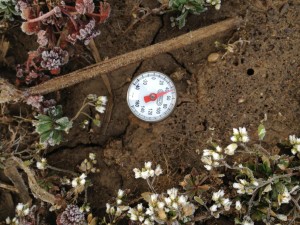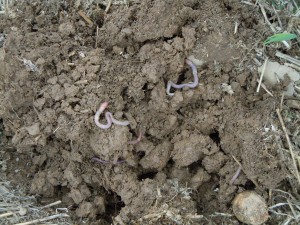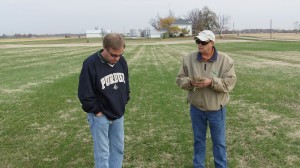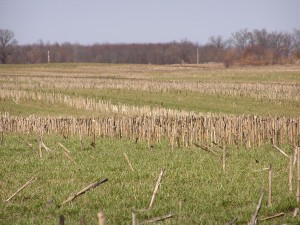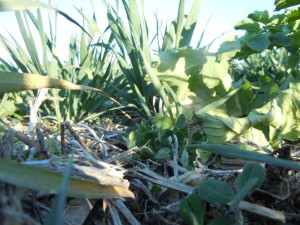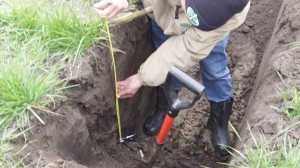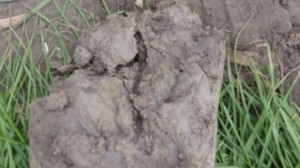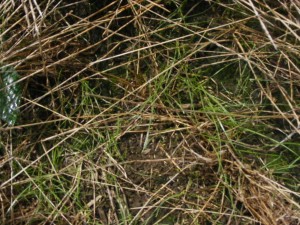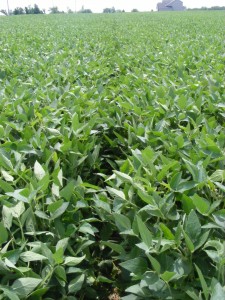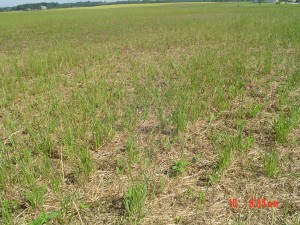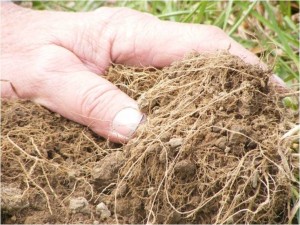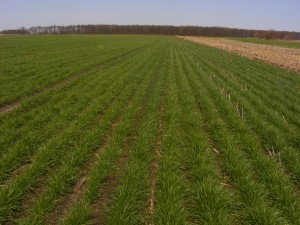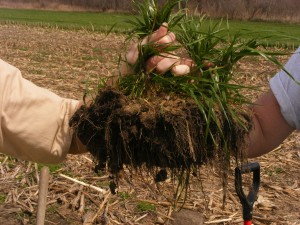I am blessed to hear from farmers around the world about their cover cropping adventures. One young man, Brian Scott, from Carroll County, Indiana has generously shared his information with me again this spring. This post is Brian’s report from early May, 2013. To see Brian’s photographs, click here.
We dug a few pits in our field today that has about 40 acres of cereal rye and another 40 of annual ryegrass. The cereal rye had a pretty good stand, but the ryegrass didn’t do so well over the winter. Looks like we may not be the only farm with that problem this year?
Anyway I was pretty excited for our first year cover cropping that we found cereal rye roots down to 40″ today! And we hit the water table below that since everything is still relatively wet from all the rain. I wouldn’t be surprised to see more roots if we could have dug down deeper. That was on pretty good soil that used to have manure applied every year until about 7 years ago when we got out of the hog business.
The ryegrass was on ground with much more clay near the surface, but I was glad to see we had roots down 2 feet where we did get a decent stand.
Both covers were sprayed today. I think I would have liked to keep the cereal rye a bit longer, but with rain in the forecast we didn’t want it getting out of control if we got soaked again and couldn’t spray. These were all seeded into standing corn on 9/19/2012. In all we had about 200 acres of cover this year and have plans to seed at least 400 in the fall!
